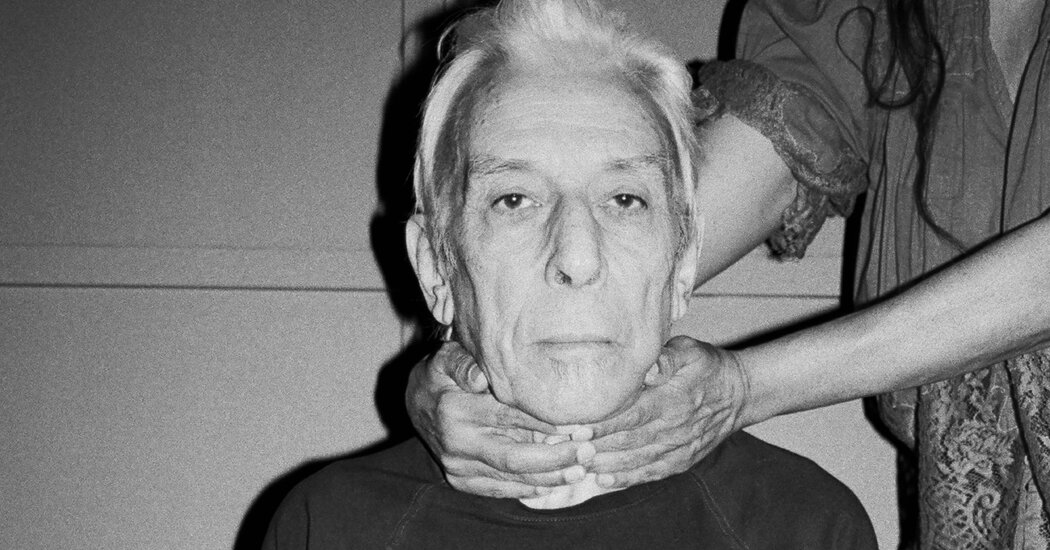CALE, THE ONLY child of a coal miner and a schoolteacher, spent the first 18 years of his life in Garnant, a small village in South Wales, “a strange, remote, some said mystical land,” as he wrote in his autobiography, “What’s Welsh for Zen.” When he was 7, he started learning English, and classical piano. A few years later, the BBC came to his school and recorded the precocious youngster playing a composition he’d written himself. The sheet music went missing, so Cale had to wing the ending. It was a thrill: his first improvisation.
“Creatively it liberated me,” he wrote. “I started to take chances.”
The viola, the crucial element that would later transform the Velvet Underground’s sound, came into Cale’s hands by chance: When it came time to choose an instrument for the school orchestra, it was the only one left. The local library was his portal to other worlds, especially when he realized he could request sheet music. “I was able to put my fingers in all these scores of the avant-garde,” he said at his studio, citing Webern, Berg, Haubenstock-Ramati and, of course, John Cage.
When Cale was 15, he caught “Rock Around the Clock” at the local cinema; all his classmates rushed the screen and started to bop. He was electrified, bewildered — up until then, Stravinsky had been his idea of rock ’n’ roll — and a little scared that everyone was about to get in trouble. After that, he said, “I was confused. Did I want to go into the avant-garde, or did I want to go into rock ’n’ roll?”
He went to Goldsmiths’ College in London, a suitable place to figure that out. Cale’s incendiary student performances — including one that involved playing a piano with his elbows — scandalized some of the faculty, but he was already dreaming of America. After exchanging letters with Cage and Copland, Cale received a scholarship from Leonard Bernstein to study at the prestigious Tanglewood Music Center in Massachusetts. In 1963, he came to New York and quickly fell in with Conrad, Young and the boldly minimalist Theater of Eternal Music, joining them frequently to play meditative drones that lasted for hours. At last he’d found community, and the mind-expanding experiences he’d always longed for.
